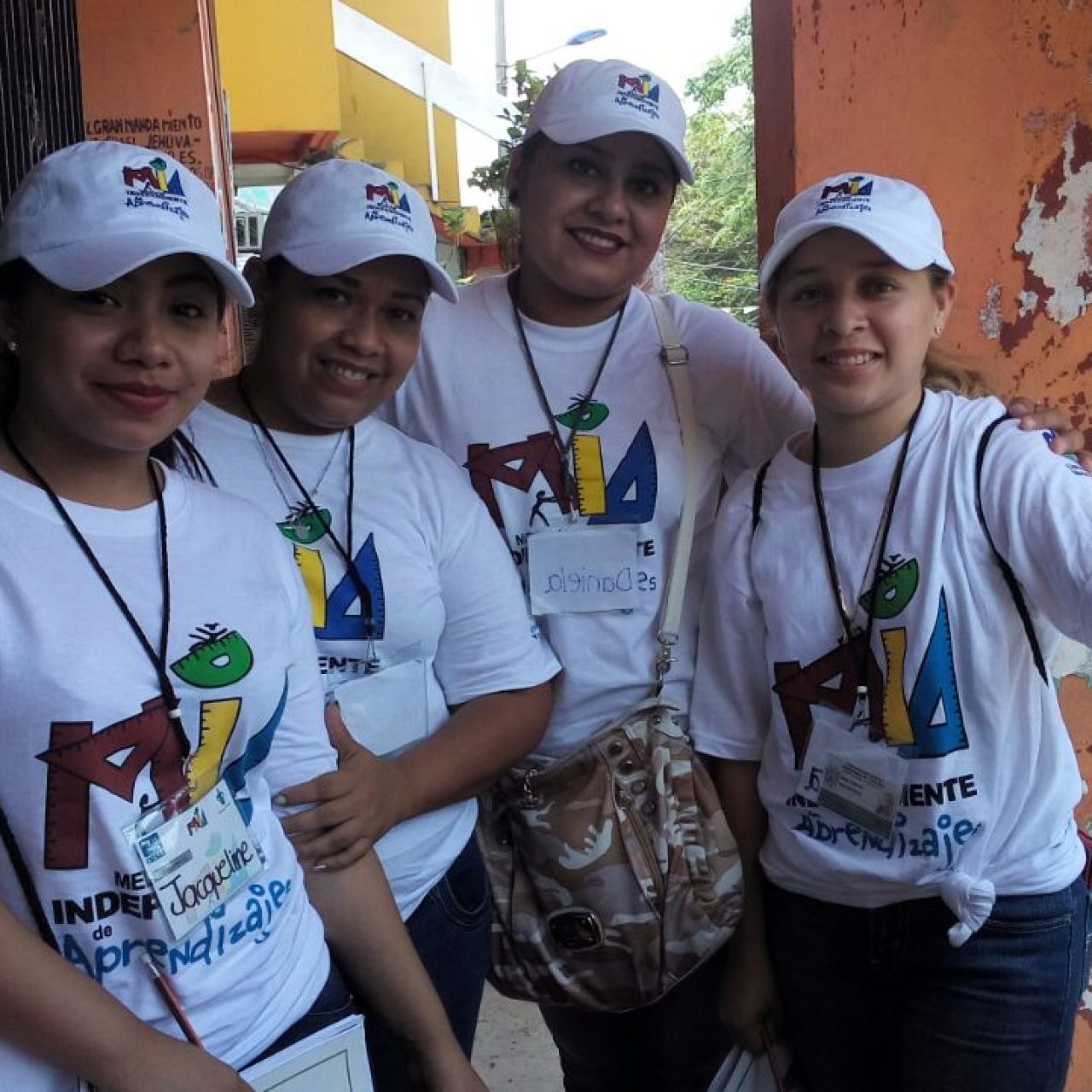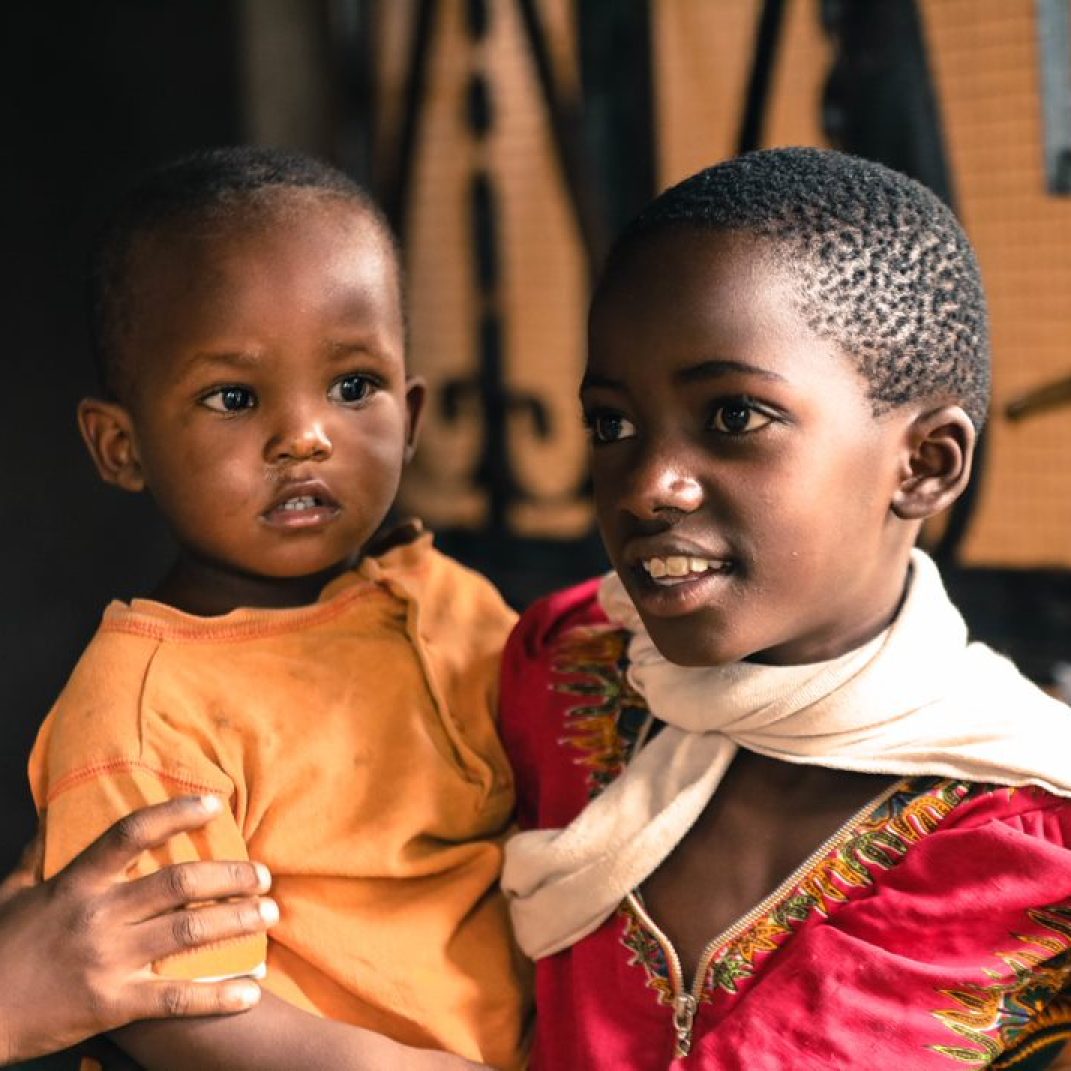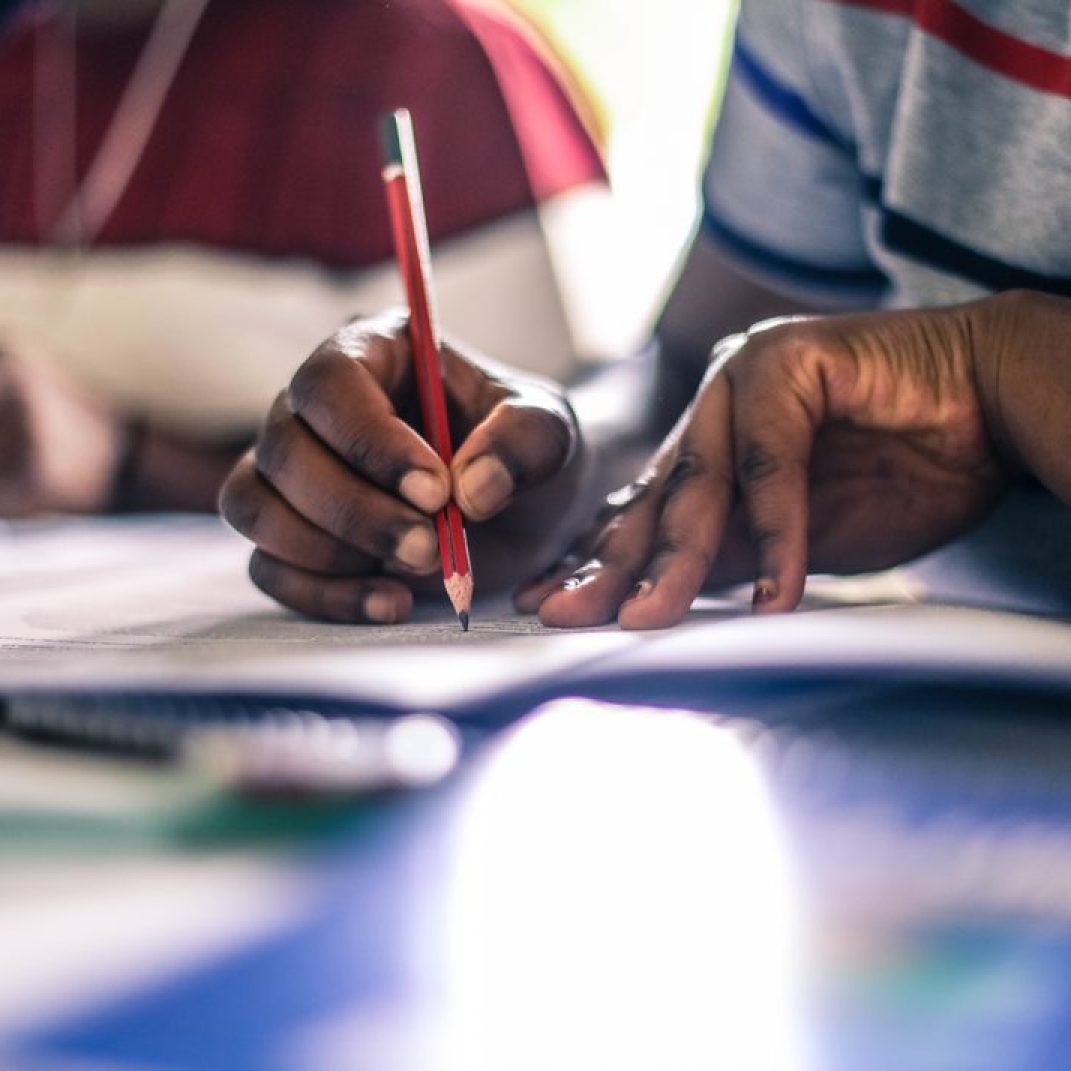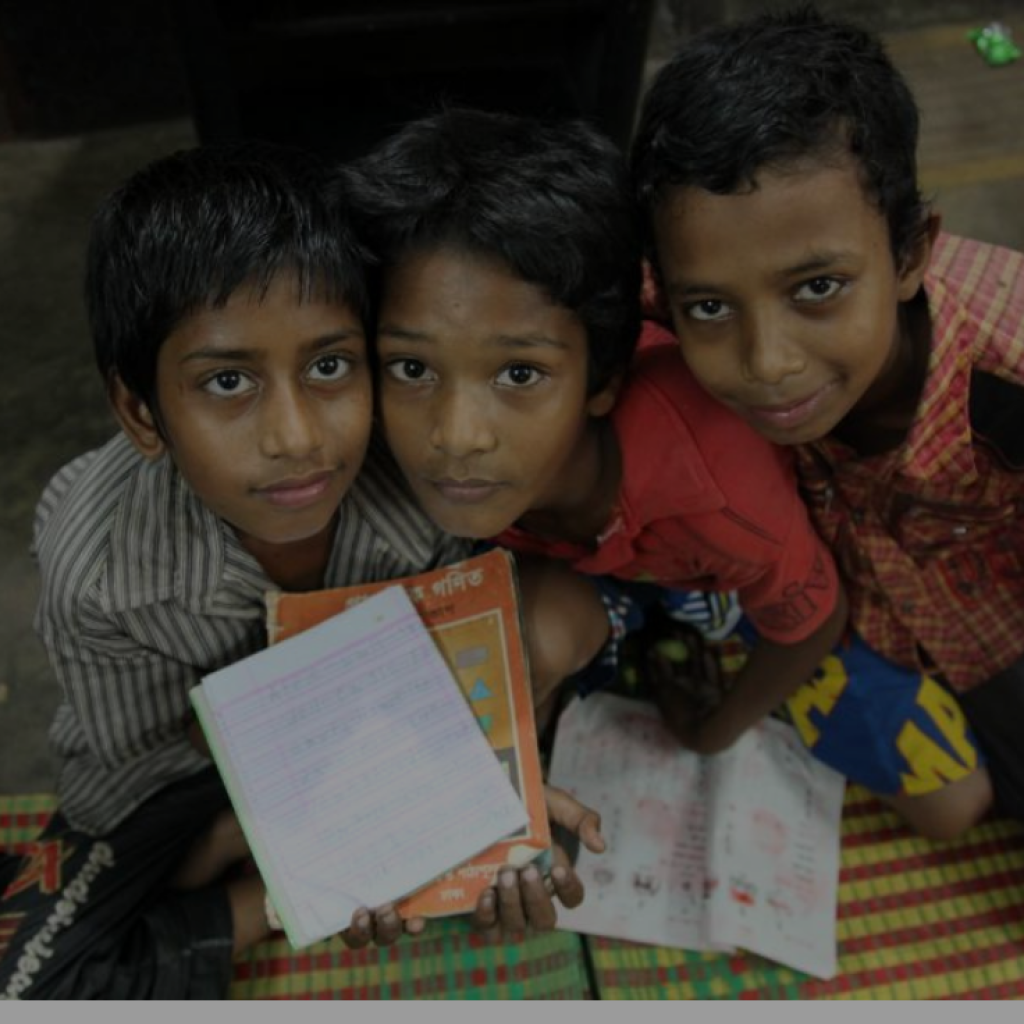What is SDG 4.1.1a ?
The 2030 Agenda for Sustainable Development calls on world leaders to achieve 17 Sustainable Development Goals (SDGs) by 2030 to promote inclusive and sustainable economic development within each country and globally. These 17 SDGs are accompanied by 169 associated targets and specific indicators to measure each target. Among these is indicator SDG 4.1.1a designed to measure target SDG 4.1 under goal SDG 4.
Goal
SDG 4: Ensure inclusive and equitable quality education and promote lifelong learning opportunities for all
Target
SDG 4.1: By 2030, ensure that all girls and boys complete free, equitable and quality primary and secondary education leading to relevant and effective learning outcomes
Indicator
SDG 4.1.1a: Proportion of children and young people in grades 2/3 achieving at least a minimum proficiency level in (i) reading and (ii) mathematics, by sex.
SDG 4.1.1a is part of a global indicator framework which was designed to hold countries accountable on their commitments towards achieving the SDGs. This global indicator framework was designed by the Inter-agency and Expert Group on Sustainable Development Goal Indicators (IAEG-SDGs), and was approved by the United Nations (UN) Statistical Commission. The IAEG-SDGs is tasked with regularly reviewing indicators, with final decision-making on indicators resting with the UN Statistical Commission.
What does the downgrading of SDG 4.1.1a mean?
Previously, SDG 4.1.1a was categorised as a Tier I indicator, meaning that it was conceptually clear, with an internationally established methodology , available standards, and data regularly produced by countries for at least 50 per cent of countries and of the population in every region where the indicator is relevant.
SDG 4.1.1a was recently downgraded from Tier I to Tier II in December 2023, based on decisions by IAEG-SDGs in the last quarter of 2023. The downgrading from Tier I to Tier II was due to a lack of regularly produced data by countries. A review process of the remaining global indicator framework has been initiated, culminating in a comprehensive review process taking place in 2025. This review will entail discussions on the possible deletion of Tier II indicators with insufficient data, a category under which SDG 4.1.1a falls.

SDG 4.1.1a Advocacy Campaign
In collaboration with the global coalition for foundational learning, the PAL Network strongly believes that SDG 4.1.1a should be reinstated as a Tier I indicator given the salience of keeping foundational literacy and numeracy on the global agenda and the planned availability of data to promote its compliance with Tier I classification requirements. We have thus initiated an advocacy campaign with the motto: Measure Early, Measure All, Measure Well: Safeguard Data for the Future of Foundational Learning. The campaign’s main goal is to advocate for the reinstatement of SDG 4.1.1a as a Tier I indicator.
Advocacy strategies in this campaign aim to maintain SDG 4.1.1a as an indicator and buy more time for the Foundational Learning community to seek collaborative, sector-wide solutions to ensure data for the indicator is collected and reported sufficiently.
Campaign Key Messages
Measure Early
- FLN skills remain crucial for lifelong learning
- SDG 4.1.1a measures FLN at the start of a child's schooling
- SDG 4.1.1a is the only indicator that measures FLN
Measure All
- Assessment tools designed to measure learning progress of all children.
- Measurement of FLN among out of school children, children with disabilities and children in emergencies.
Measure Well
- Comparable data for FLN under SDG 4.1.1a.
- Close gaps in current data collection for SDG 4.1.1a.
- Calculating data coverage of SDG 4.1.1a by incorporating all data available by 2025.
Advocacy Road Map
- Technical Submissions to UIS
- Petitions: Country Level Petition, Civil Society Petition and Teachers Association Petition
- Public Communications
- Bilateral Advocacy
Call To Action
- Urgently share key messages of the campaign with key actors of influence in your countries who have links to the UN Statistical Commission and key stakeholders that can influence the decision to retain SDG 4.1.1a as Tier I indicator.
- Leverage public communications for advocacy. Use diverse digital and traditional communication channels, events, and forums to share key campaign messages from the concept note with intended audiences. #DataForFoundationalLearning
- Leverage key global events. There are upcoming global events that will be convening key actors of influence who can influence the 2025 decision on SDG 4.1.1a.
- Support data collection in more countries in the Global South to reach data requirements for SDG 4.1.1a.







